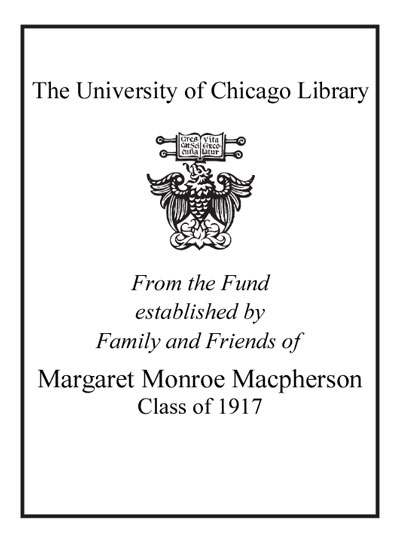Trading caterpillar fungus in Tibet : when economic boom hits rural area /
Saved in:
| Author / Creator: | Sulek, Emilia Roza, author. |
|---|---|
| Imprint: | Amsterdam : Amsterdam University Press, [2019] ©2019 |
| Description: | 326 pages : illustrations (chiefly color), maps ; 24 cm. |
| Language: | English |
| Series: | Global Asia ; 10 Global Asia (Amsterdam, Netherlands) ; 10. |
| Subject: | |
| Format: | Map Print Book |
| URL for this record: | http://pi.lib.uchicago.edu/1001/cat/bib/11964640 |
Table of Contents:
- Acknowledgements
- Notes on Transliteration
- List of Abbreviations
- List of Units of Measurement and Currency
- Introduction
- Aim of this Book
- Development and Modernity
- Some Important Notes from the Author
- The State of the Research
- Structure of the Book
- 1. Golok: People and Places
- Golok is Heaven and Earth
- Weather
- Administration and Travel
- The People
- Research Locations
- 2. Digging
- Diggers
- Time and Tools
- Does Everyone go Digging?
- Women and Men
- 3. Fungus, Medicine, Commodity
- Medicine
- Domestic Uses
- Trade
- The Boom
- Caterpillar Fungus Production in Qinghai and Golok
- Commodity
- 4. Market and Traders
- Traders' Official Status
- The Informal Economy
- Tibetans and Others
- The Multilayered World of Caterpillar Fungus Traders
- Traders and their Suppliers
- Does Ethnicity Matter?
- From Hand to Hand
- 5. Market Operations
- Quality and Prices
- Bargaining
- Market Fluctuations
- 6. The Law in Action
- The Open Door Starts to Close
- Banishing the Licences: The Door Closes
- A Checkpoint
- The Pastoralists' Opinions
- The Law and Control
- Legality and Licitness
- 7. Money
- Money Talk
- The Mystery of Spring
- Sacred Mountains
- Dangerous Money
- 8. Pastoral Life and the Market
- Pastoral Products and the Pastoral Calendar
- Pastoral Products and the Market
- Growing Yak Herds
- Disappearing Sheep
- Lazy Nomads
- 9. Spending the Money
- Crazy about Houses
- Vehicles of Change
- Consumer Months
- Conclusions
- Afterword: A Note on Methodology
- Appendix
- Tibetan Word List
- Bibliography
- Index
- List of Illustrations, Maps and Tables
- Illustrations
- Figure 1. Domkhok Township Seat
- Figure 2. Soglung Valley in winter
- Figure 3. Summer camp
- Figure 4. Caterpillar fungus digging
- Figure 5. Freshly dug caterpillar fungus
- Figure 6. Dawu, view of the town from the direction of Domkhok
- Figure 7. Koja, general view
- Figure 8. Darlag Street, caterpillar fungus shop
- Figure 9. Anywhere is good for business: street scene in Dawu
- Figure 10. Gesar Square
- Figure 11. Some traders go to pastoralists' homes
- Figure 12. Caterpillar fungus: three quality classes
- Figure 13. Bargaining in a shop in Koja
- Figure 14. Hand signs used in bargaining
- Figure 15. Emotions run high: Aren't these scales cheating?
- Figure 16. Sumdo checkpoint
- Figure 17. Caterpillar fungus records
- Figure 18. In a pastoralist house: in-migrant diggers make notes on their harvests
- Figure 19. Yak corral in front of the house: the women are collecting yak dung for fuel
- Figure 20. Unusual sight: sheep taken for grazing
- Figure 21. Black tent, an important family heritage

